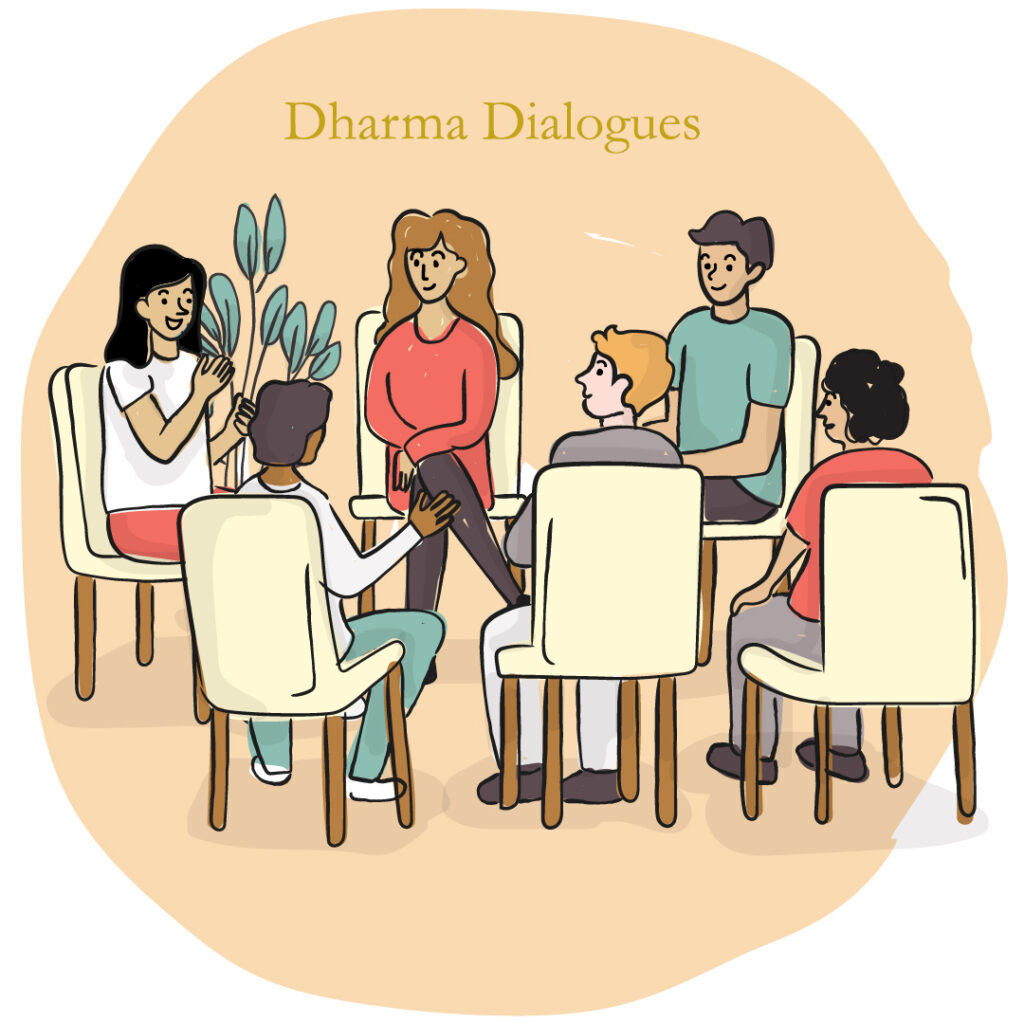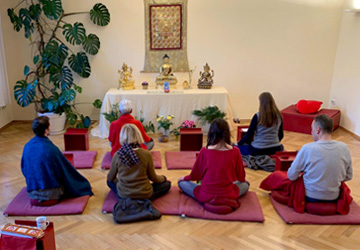See here
UPDATE: Meditation retreat with Lama Tsony, Domoraj 19. – 23.7.2023
Meditation retreat with Lama Tsony , Domoraj 19. – 23.7.2023
The Path of the Bodhisattva in the Mahamudra Tradition
________________________________________
We are happy to announce and cordially invite you to a meditation retreat that will take place on the border of the Czech Republic and SK in the Domoraj facility.
We start with dinner on Wednesday 19.7. and we finish with lunch on Sunday 23.7.
Price: €238 – includes accommodation and full board (light dinner)
Reward for the teacher in the form of a voluntary donation on the spot – given.
Registration at: cestakprebudeniu@gmail.com
________________________________________
Lama TSONY is a meditation master in the Karma Kagyu lineage of Tibetan Buddhism. His main teachers were Gendun rinpoche and Shamar rinpoche.
The path of the bodhisattva is two simultaneous and complementary trainings:
Discernment (Prajna) and compassionate benevolence (Maitri/Karuna) are known as Bodhicitta, the attitude of the enlightened mind.
Intention:
The deep desire for awakening stems from the understanding of the interconnectedness of all beings and their conditioning by karmic tendencies. We are dragged and pushed by our obscuring emotions, habits, which prevent us from living inner peace.
Realizing this fact, we strive to develop the ability to liberate all beings from suffering to the true happiness of Buddhahood, awakening.
Practice:
1/Distinction:
As meditation teachings from various Buddhist traditions have become accessible to our society, as well as various variations of currently modern mindfulness practices, there is growing confusion as to what the practice of stillness (samatha) and insight meditation (vipashyana) actually mean.
In a certain context, samatha means meditation (dhyana, samten) and vipashyana discriminating knowledge, clear perception (prajna, sherab). Although stillness of mind is generally samatha, vipashyana does not depend exclusively on stillness of mind.
It is necessary to understand what samatha and vipashyana mean in the context of the basic teachings (Shravakayana and Mahayana) and what they mean in the context of Mahamudra – the teachings of ultimate meaning (ngedön).
Their significance is mentioned in the Cloud of Jewels sutra:
Samatha is steady attention.
Vipashyana is individual discernment, clear perception of phenomena, correctly and exactly as they are.
In terms of their function, the sutra continues:
Samatha soothes disturbing emotions,
While Vipashyana completely purifies them, liberates them.
Thus both are the cause of nirvana.
2/ Compassionate benevolence
Compassionate benevolence is born in us through the meditation of sending and receiving (tonglen), as outlined in Shantideva’s important work, The Bodhisattva Path:
Those who want to become fast
A refuge for yourself and others
Let them mistake themselves for others
And so they receive the sacred secret.
Literature:
The study and practice will be based on Shamar Rinpoche’s book THE PATH OF AWAKENING




